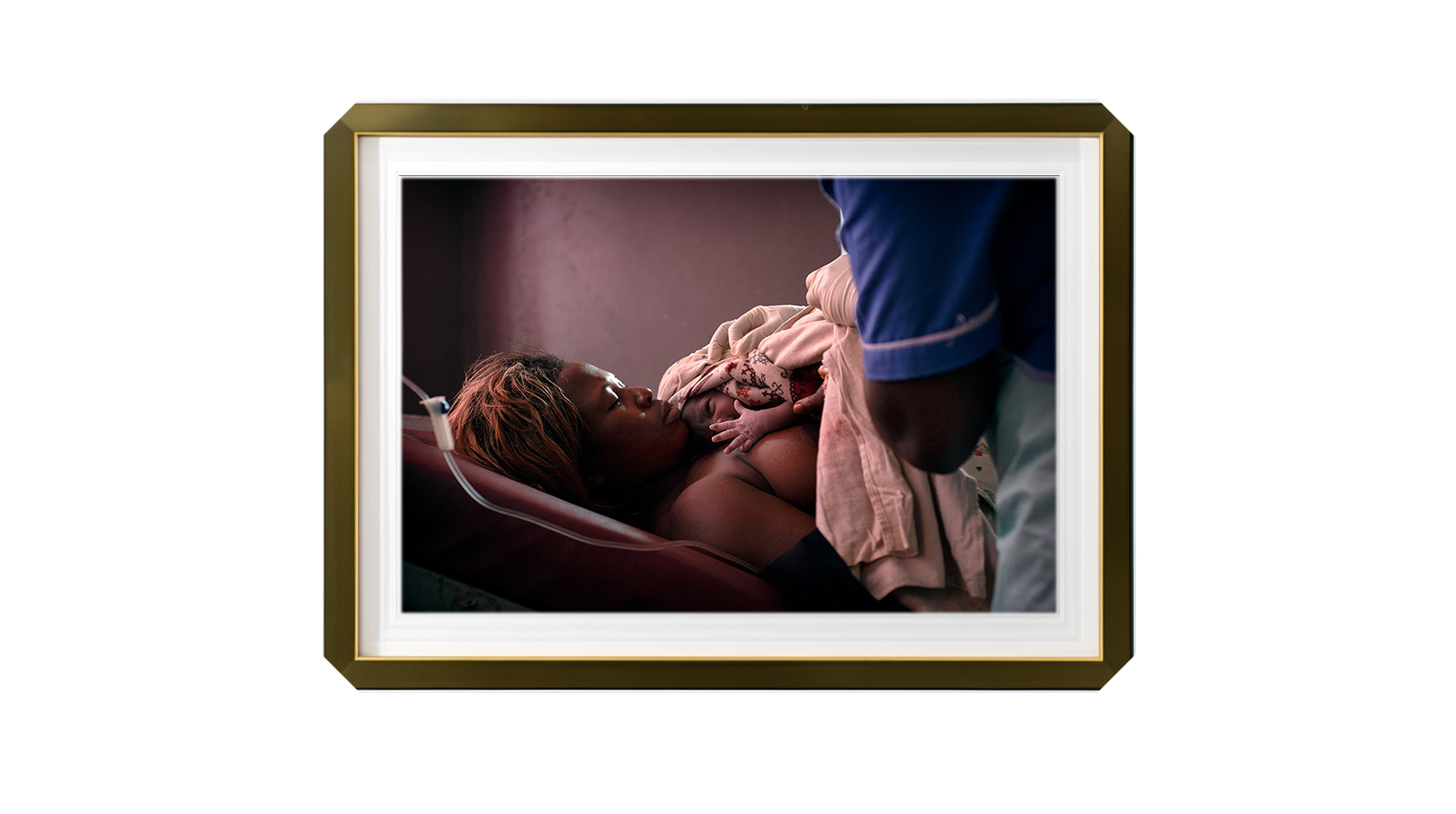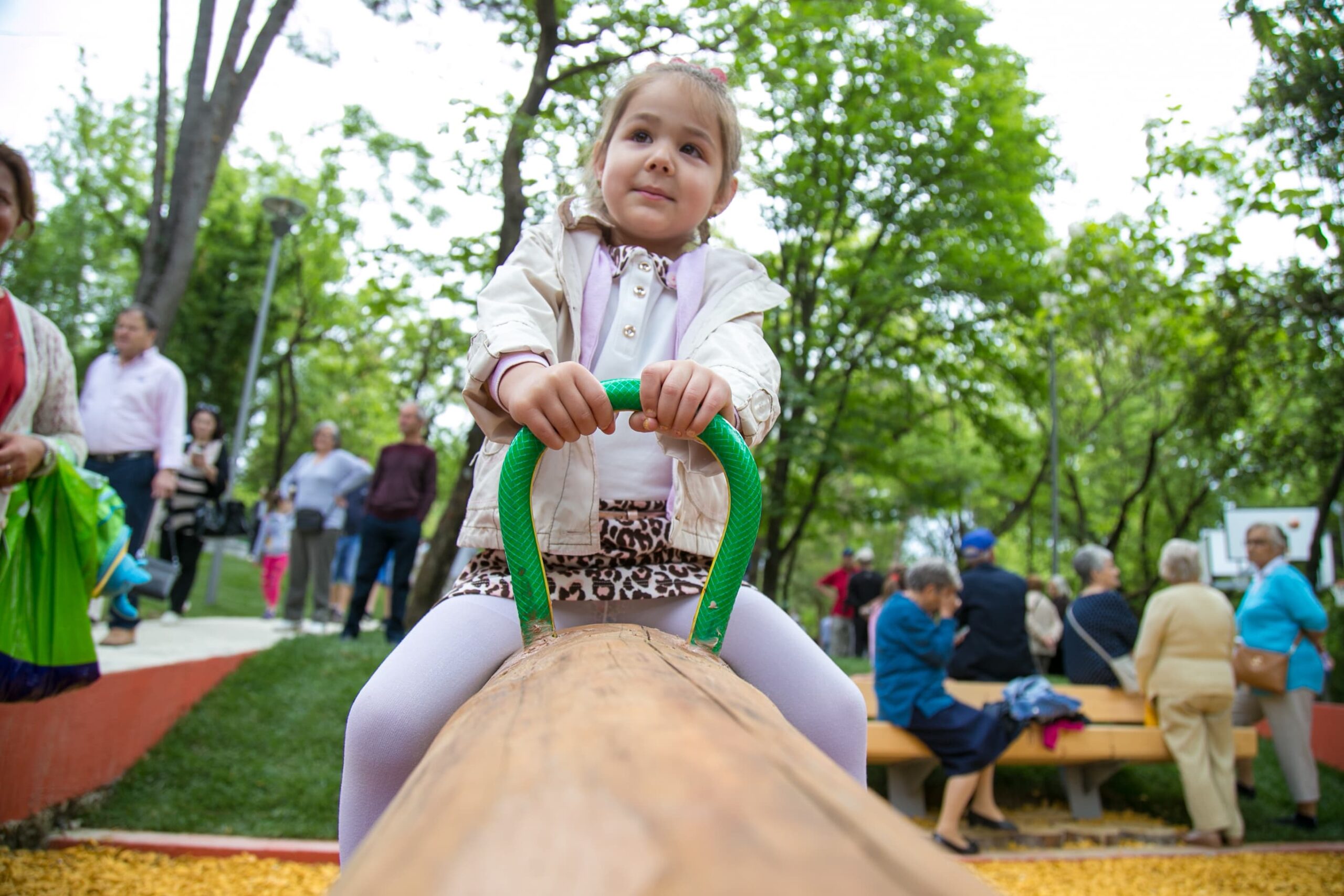All around the world, thousands of early years frontline workers are giving their best to support and improve the wellbeing and development of young children and their families. Five photographers in different parts of the world have captured a day in the life of an early childhood frontline worker: a midwife in Uganda, a paediatrician in Ukraine, an ASHA (Accredited Social Health Activist) worker in India, a community health promoter in Peru, and a kraamverzorgster in the Netherlands. The collection intends to highlight the challenges they face every day, as well as their commitment to the role.
We commissioned the following photographers for the series: Will Boase, Anahí Clemens, Trupal Pandya, Brendan Hoffman, and Vanessa Touzard.
Faith Atholere, Midwife, Uganda
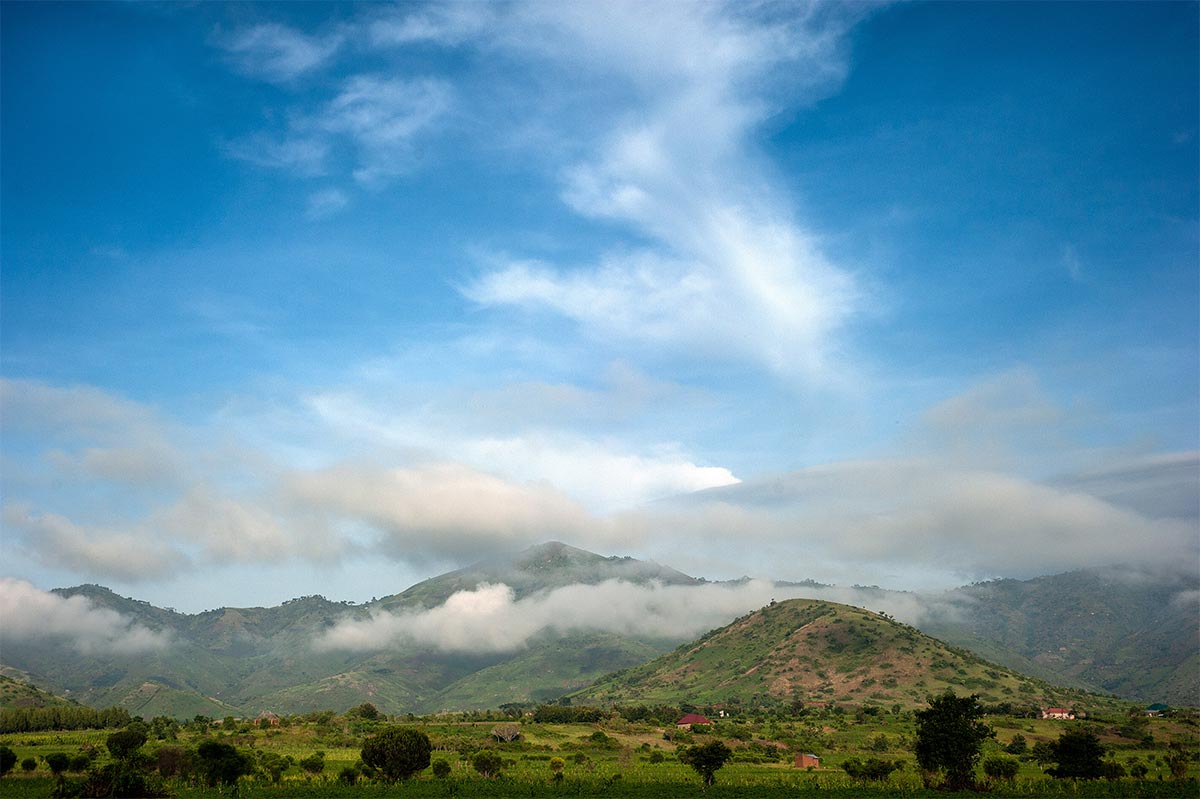
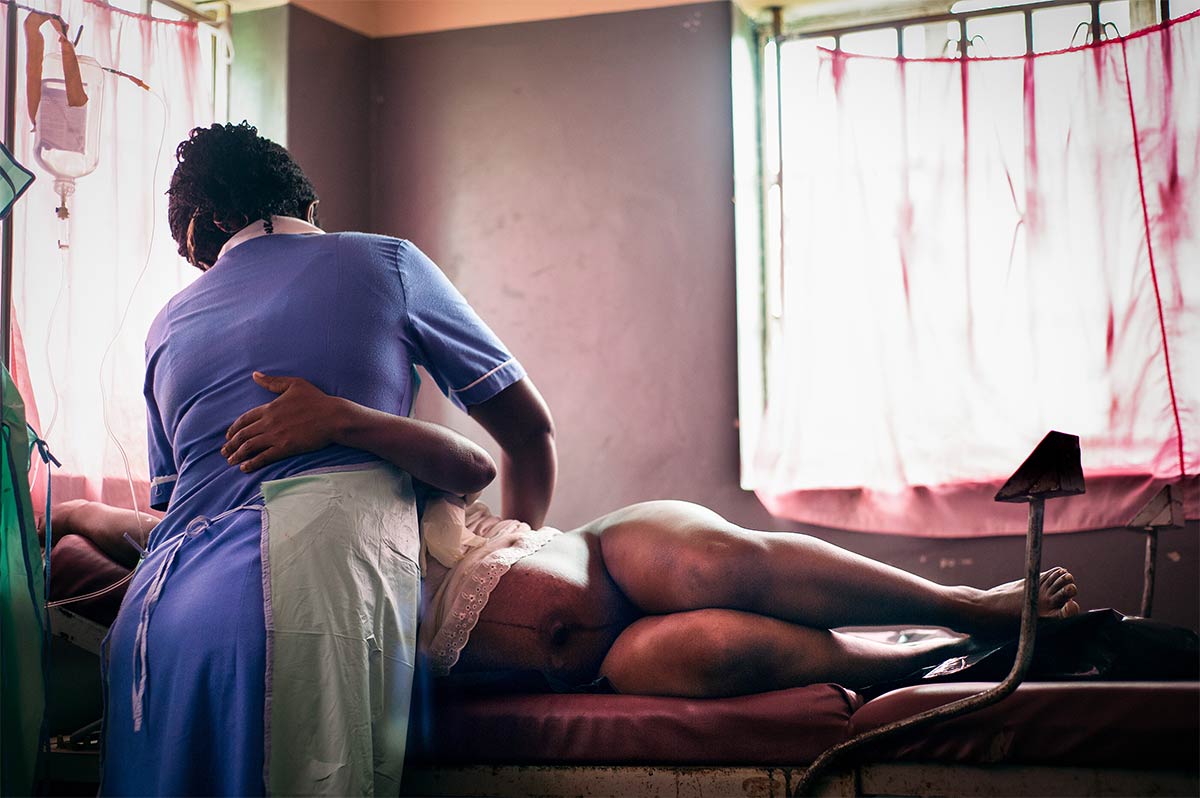
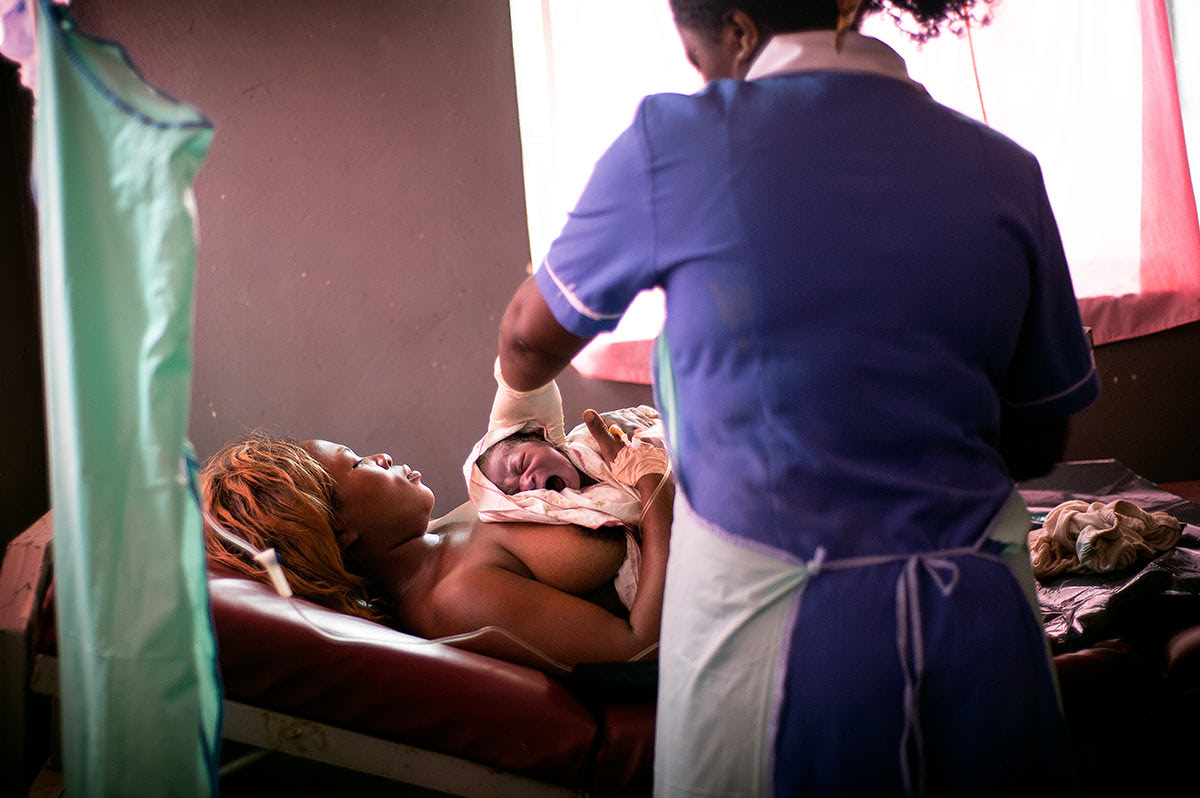
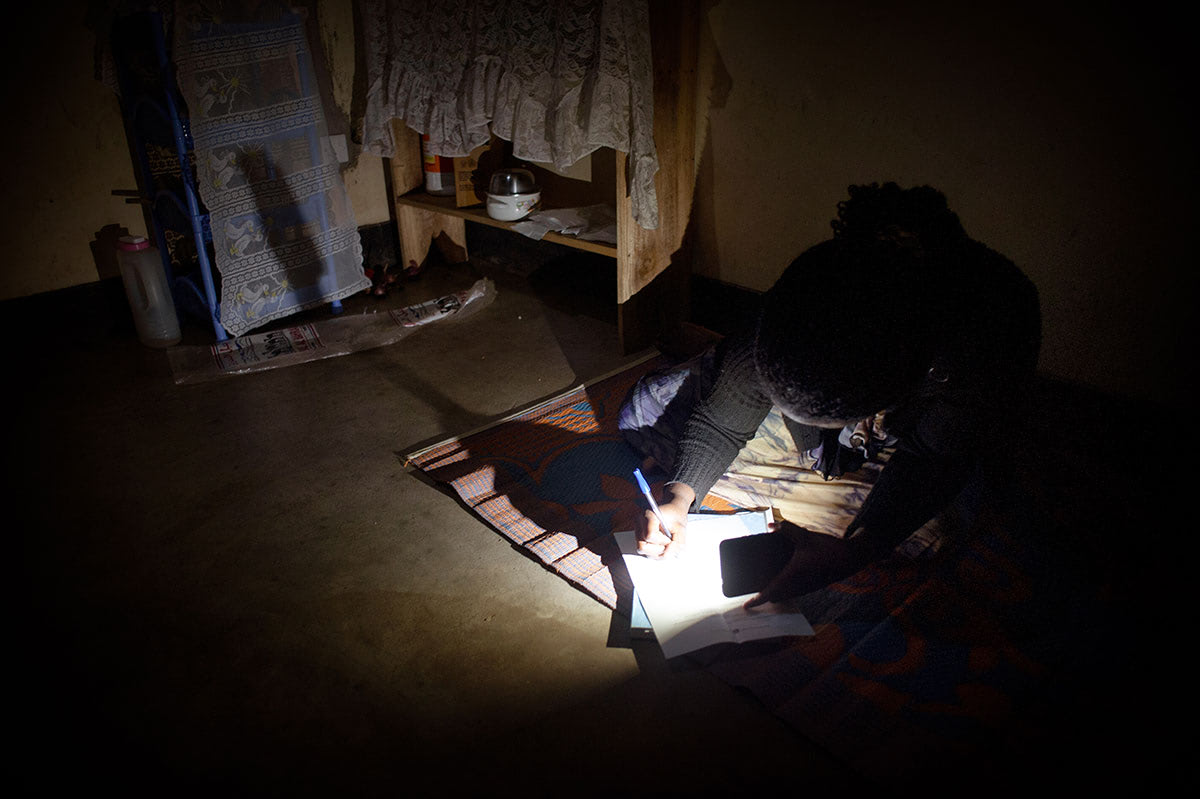
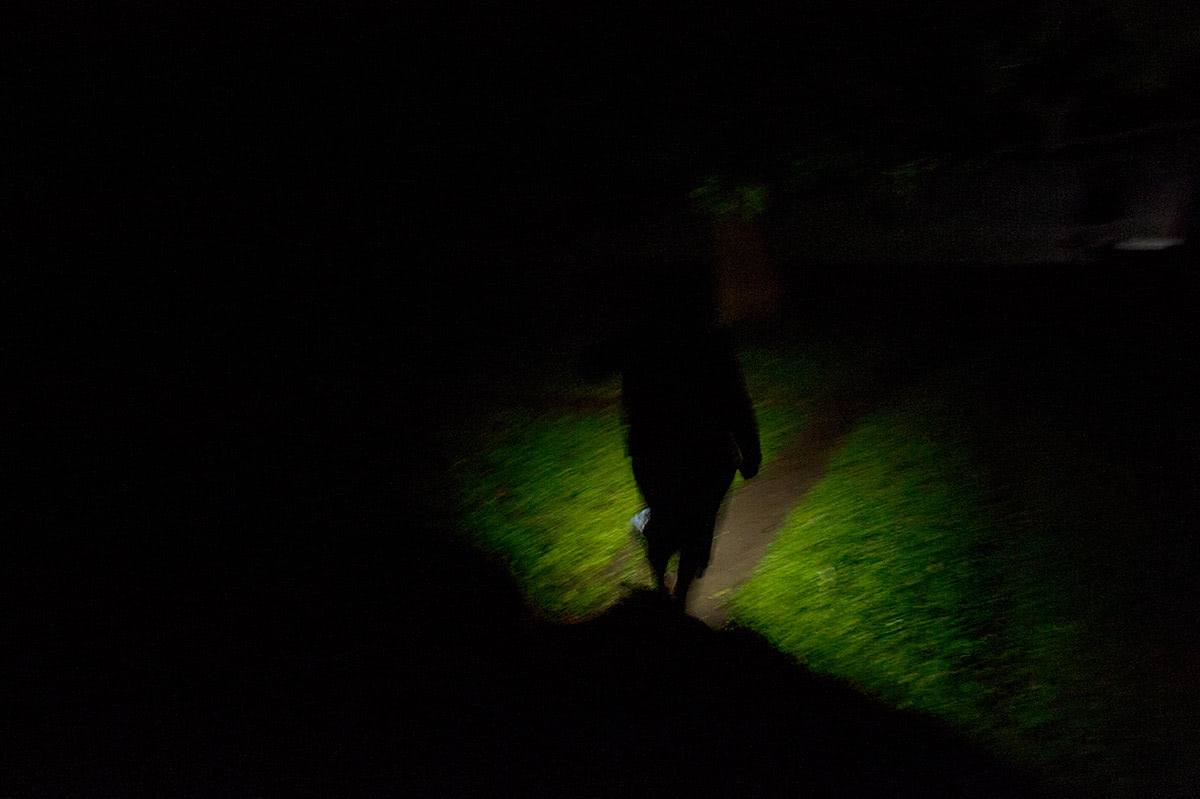
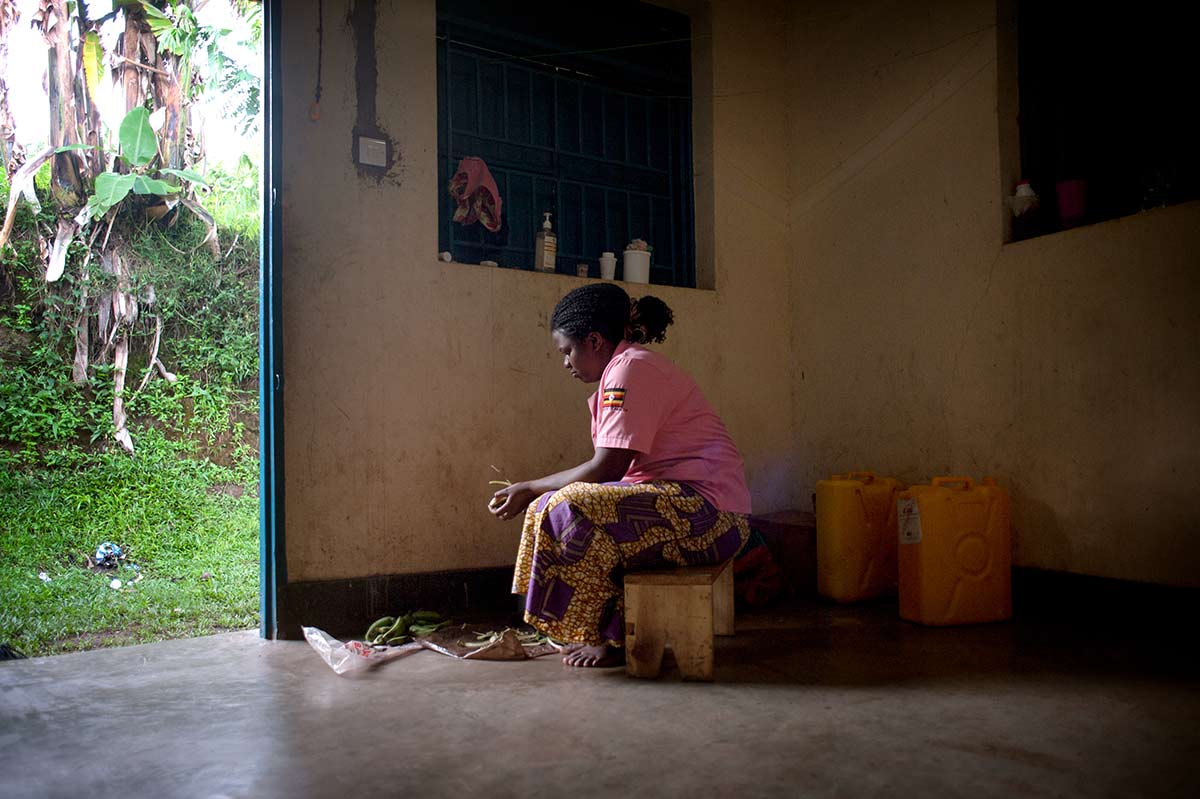
1. Kanyatsi Health Centre 3 is in Kitholu sub-county, Kasese District – the home of the Bakonjo tribe, in the foothills of the Rwenzori mountain range, near Uganda’s border with the Democratic Republic of Congo. The mud roads make travel difficult, and the area’s only ambulance has broken down – but still around 40 women each month give birth there.
2. Midwife Faith Atholere helps mother-to-be Loice Biira through a painful contraction by massaging her back. The health centre’s maternity ward is a small, dark room with barely enough space to turn around in. After a motorbike journey delayed by a rainstorm, Faith has just arrived to relieve her colleague, Rosemary Biira, at the end of her five-day shift.
3. Midwife Faith Atholere places Loice Biira’s newborn baby daughter on her chest immediately after the birth. Mothers-to-be are expected to arrive at the centre with their own towels and sheets, and with a relative – usually female – who will stay during the birth and help the midwife, for example by fetching water from the jerrycans in the corridor.
4. Midwives live on site during their five-day shift, during which they are on call 24 hours a day. While the health centre building was recently connected to mains electricity, the nearby staff accommodation was not. Faith Atholere is sitting on a floor mat, filling in paperwork by the light of the torch on her mobile phone.
5. The on-duty midwife does rounds at 10pm, 2am and 6am – unless a baby is on the way, in which case she works through the night. Faith Atholere is walking from her accommodation to the health centre, using her mobile phone to light the narrow dirt path. The midwives are supported by a Village Health Technician, who checks on patients in the villages.
6. Faith Atholere peels bananas that she will then boil in peanut sauce for breakfast. It is almost 7am, and she has been working since 5.45am. The health centre is in a remote location and midwives are expected to be self sufficient while on site, cooking their own food, and carrying their water in jerrycans from the nearby borehole.
This assignment was a privilege for me. The Kanyatsi HC3 shows humanity at its best, and its dedicated staff not only overcome the endless obstacles that face them daily, but do so without even acknowledging them. Reaching the health centre in rainy season is a battle, and the last three kilometres are a steep slog with patches of thick mud, but when I arrived there was hot tea waiting, which is unsurprising as the building feels more like a community centre than a hospital. Faith and Rosemary do a job that is vital, and their relationship with their patients is one of great trust. I am immensely grateful to have been given the chance to show their work to a wider audience.
– Will Boase, photographer
Dr. Sergey Makarov, Paediatrician, Ukraine
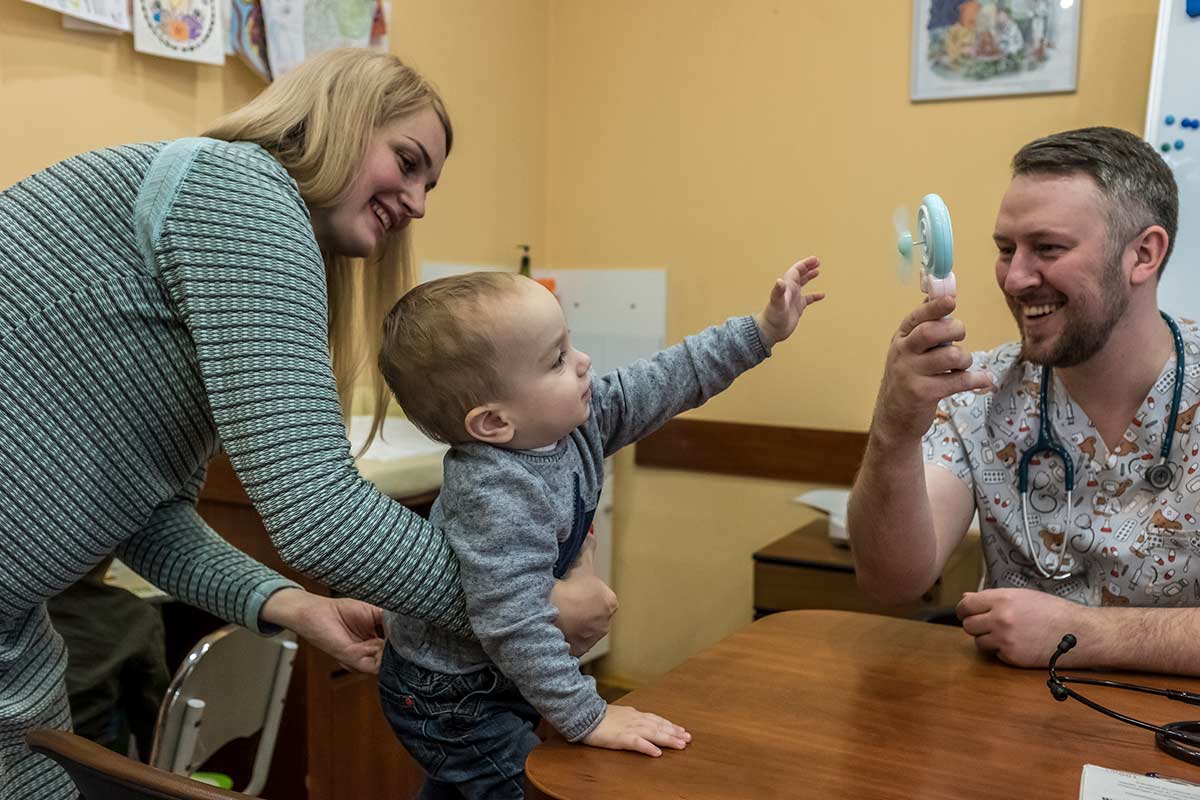
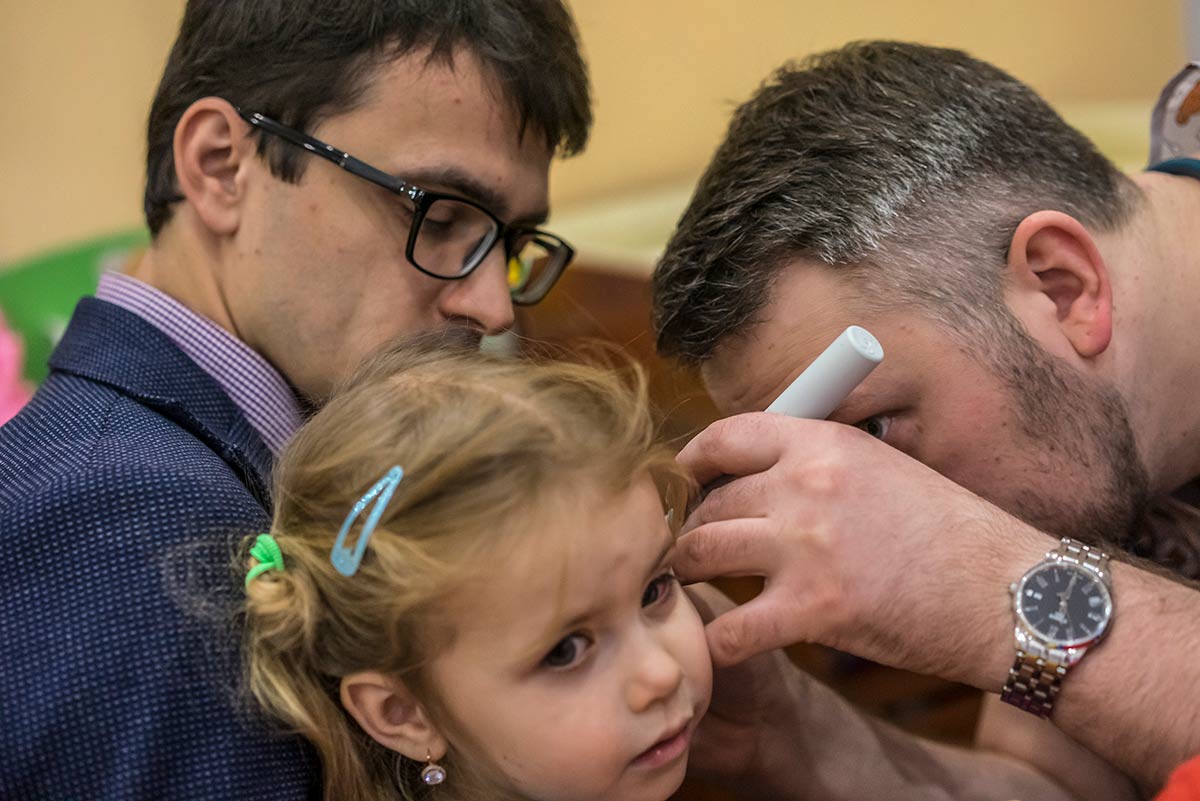
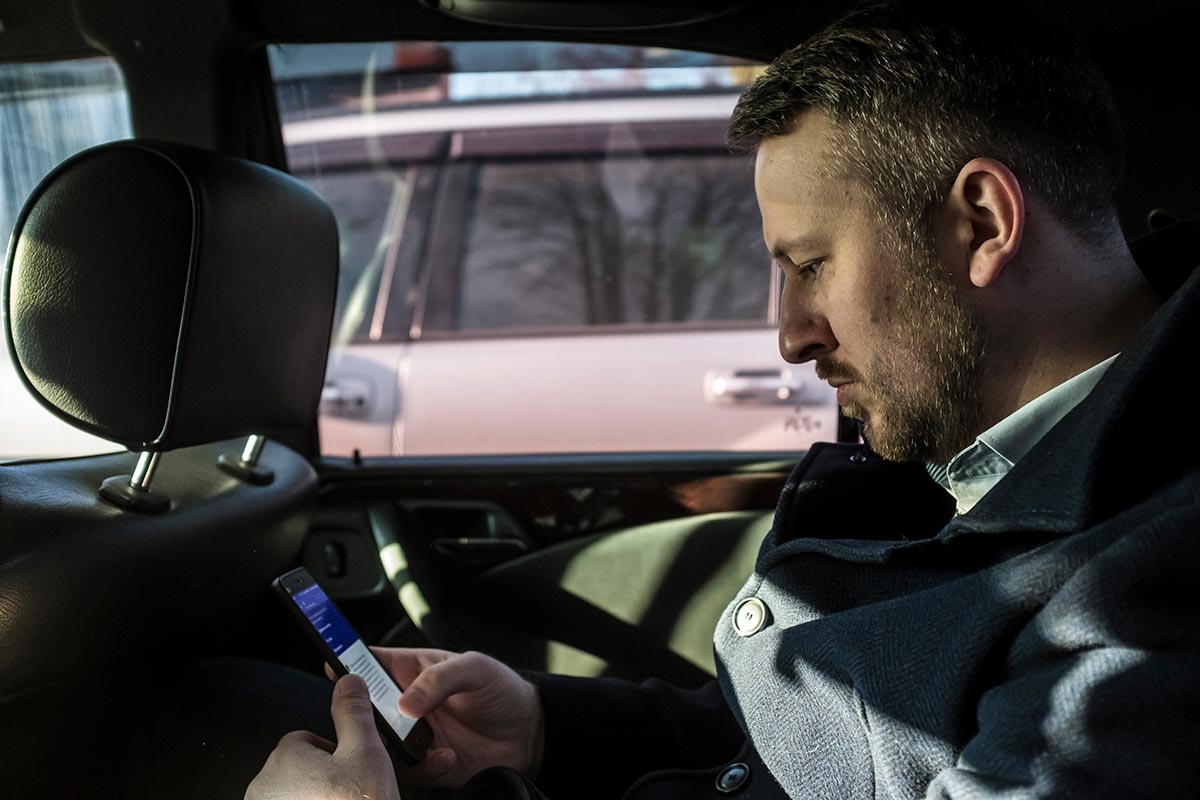
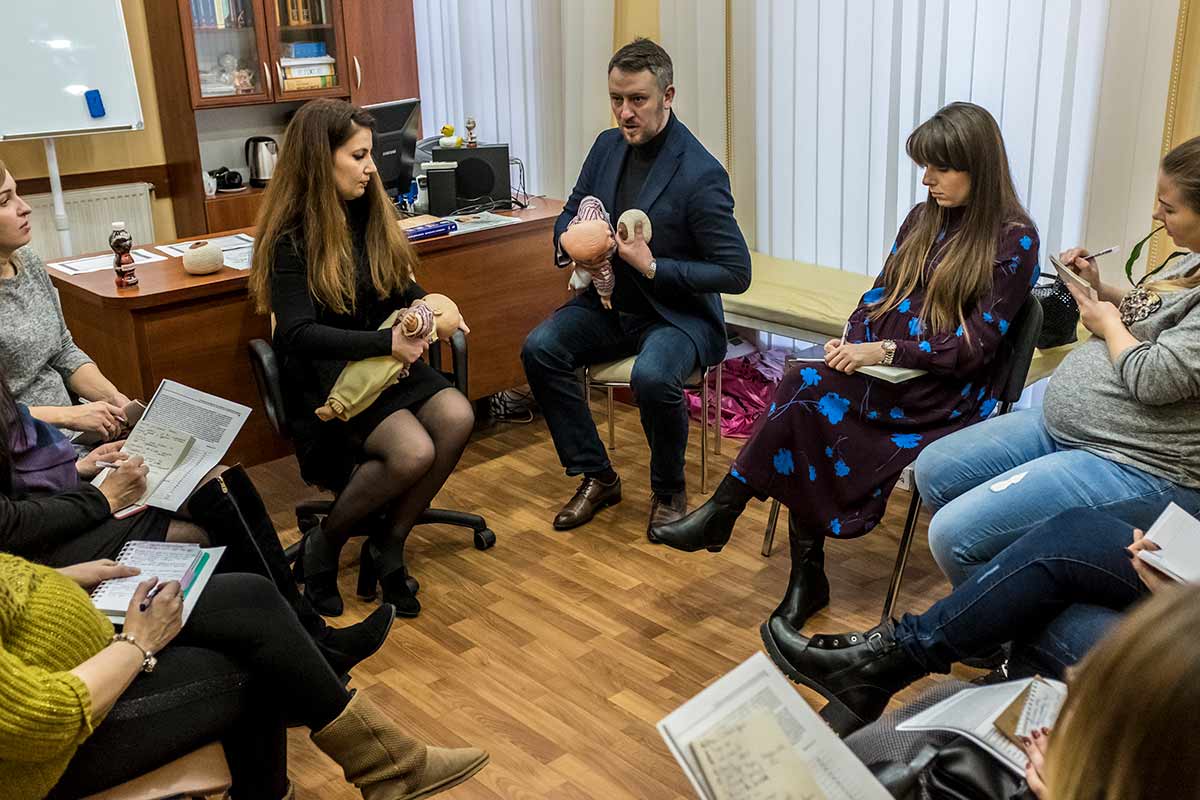
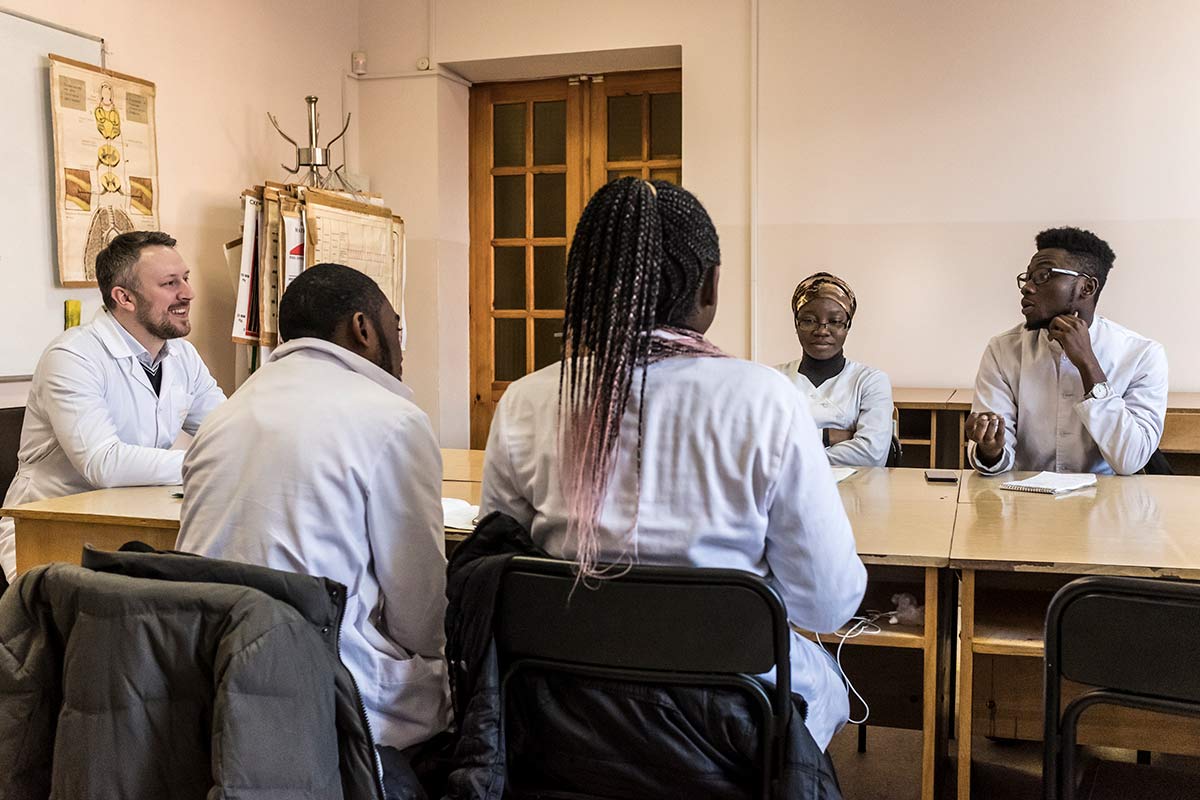
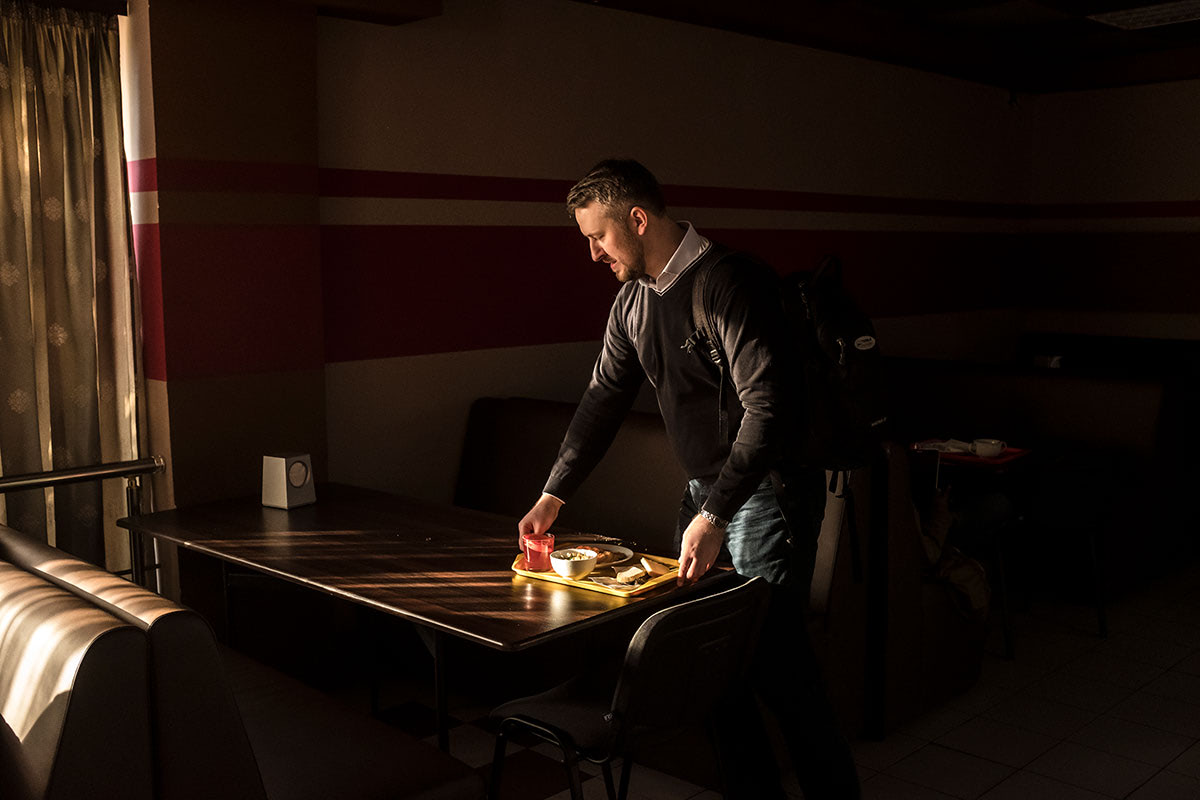
1. Young patients like Nazar, age 15 months, sometimes try to climb onto pediatrician Dr. Sergey Makarov’s desk to get a closer look at his medical instruments. Makarov keeps a stash of toys handy for when he needs to provide a quick distraction.
2. Dr. Sergey Makarov conducts a checkup on Diana, whose father has brought her to the pediatrician’s small office in the centre of Vinnytsia, a city in south-west Ukraine with a population of 370,000. Dr. Makarov and his wife, also a pediatrician, will soon open a larger clinic in a renovated space.
3. Pediatrician Dr. Sergey Makarov invites his patients to reach him through messaging apps on his personal cell phone. He is checking his messages during a taxi ride from his office to the class he teaches in human physiology at Vinnytsia National Pirogov Medical University.
4. Husband-and-wife pediatricians Dr. Sergey Makarov and Dr. Olga Makarova, holding the baby doll, lead a class for pregnant women every Saturday in Vinnytsia, Ukraine. Sergey is demonstrating how to hold an infant for breast feeding, stimulate milk flow, and get the infant to latch.
5. Dr. Sergey Makarov teaches a class in human physiology at Vinnytsia National Pirogov Medical University, as part of his doctoral programme. Makarov, who enjoys teaching, is also training fellow pediatricians to work at the new clinic he is opening with his wife.
6. Pediatrician Dr. Sergey Makarov eats a late lunch in the cafeteria at Vinnytsia National Pirogov Medical University, where he is pursuing a Ph.D. in physiology to add to his medical degree. Makarov hopes the additional qualification will help him to influence the future development of the field of pediatrics in Ukraine.
I’ve photographed physicians before and it always leaves me with the same feelings: in awe and slightly useless. Sergey is remarkably dedicated to his work; in the short time we spent together, it was clear he’s committed to bringing the highest standard of care not only to his patients but to as many Ukrainians as possible. That’s why he teaches in the local medical university, and why he’s training other pediatricians to work in the clinic he will soon open with his wife, and why he’s pursuing a PhD on top of his MD. As busy as he is, he was incredibly open to me and he made my job easy by making sure his patients were comfortable with my presence as well.
– Brendan Hoffman, photographer
Kim Menning, Kraamverzorgster, The Netherlands
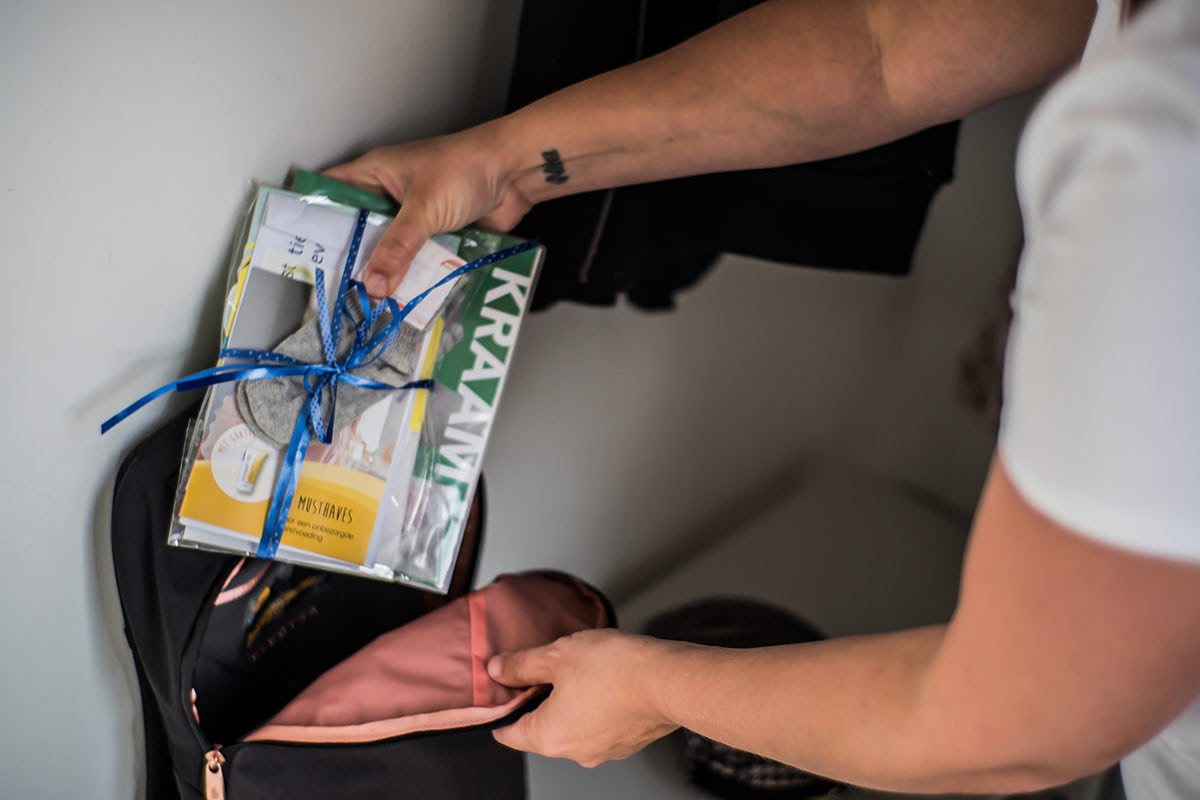
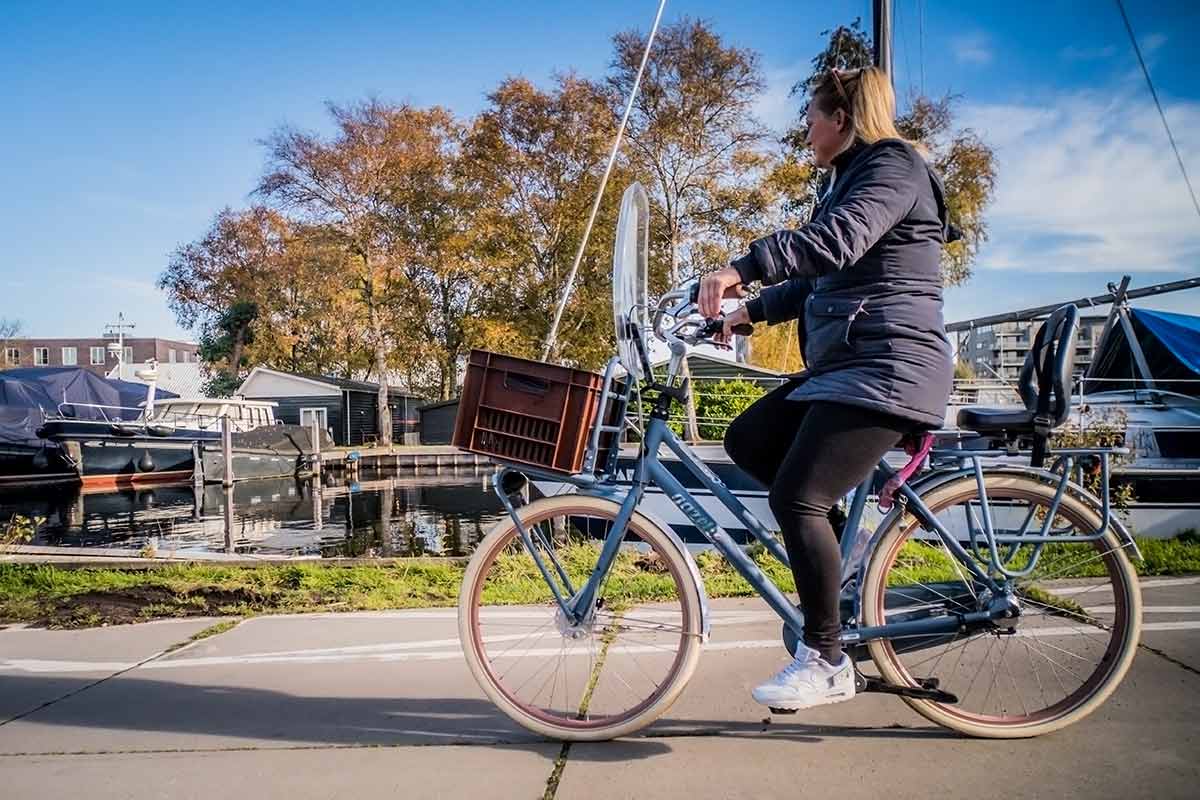
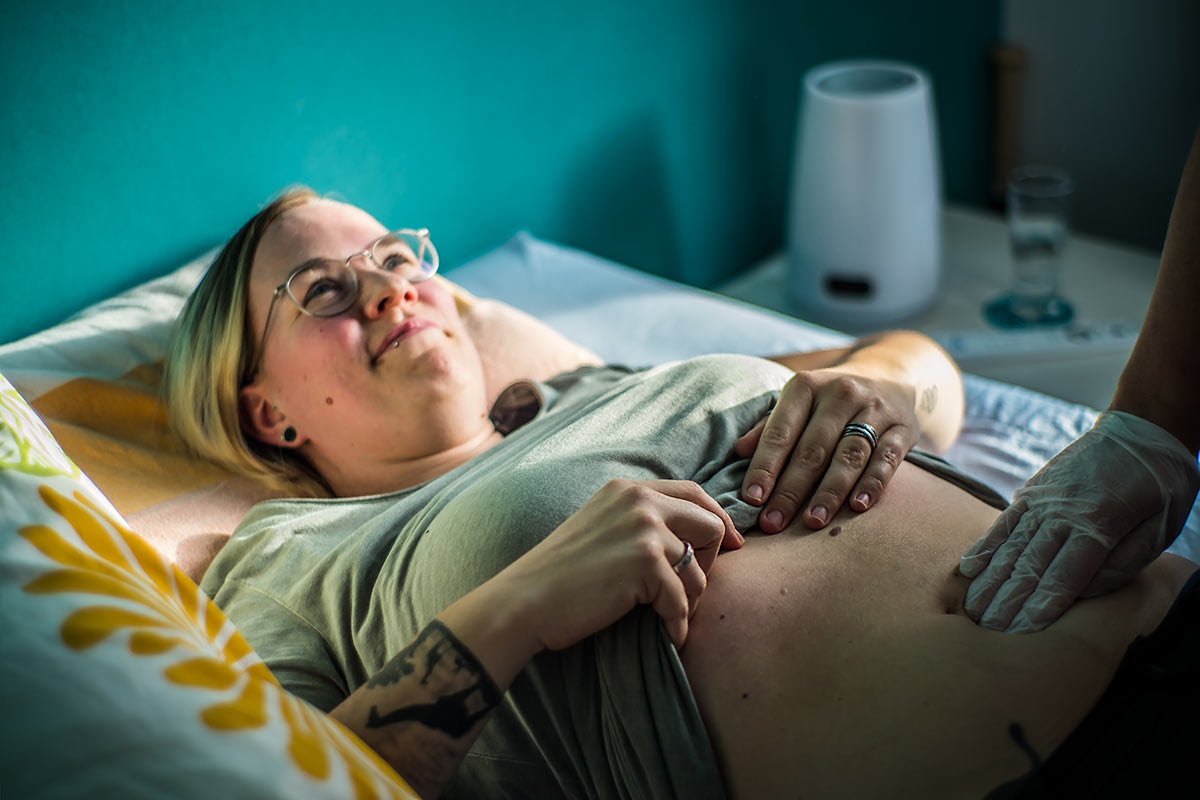

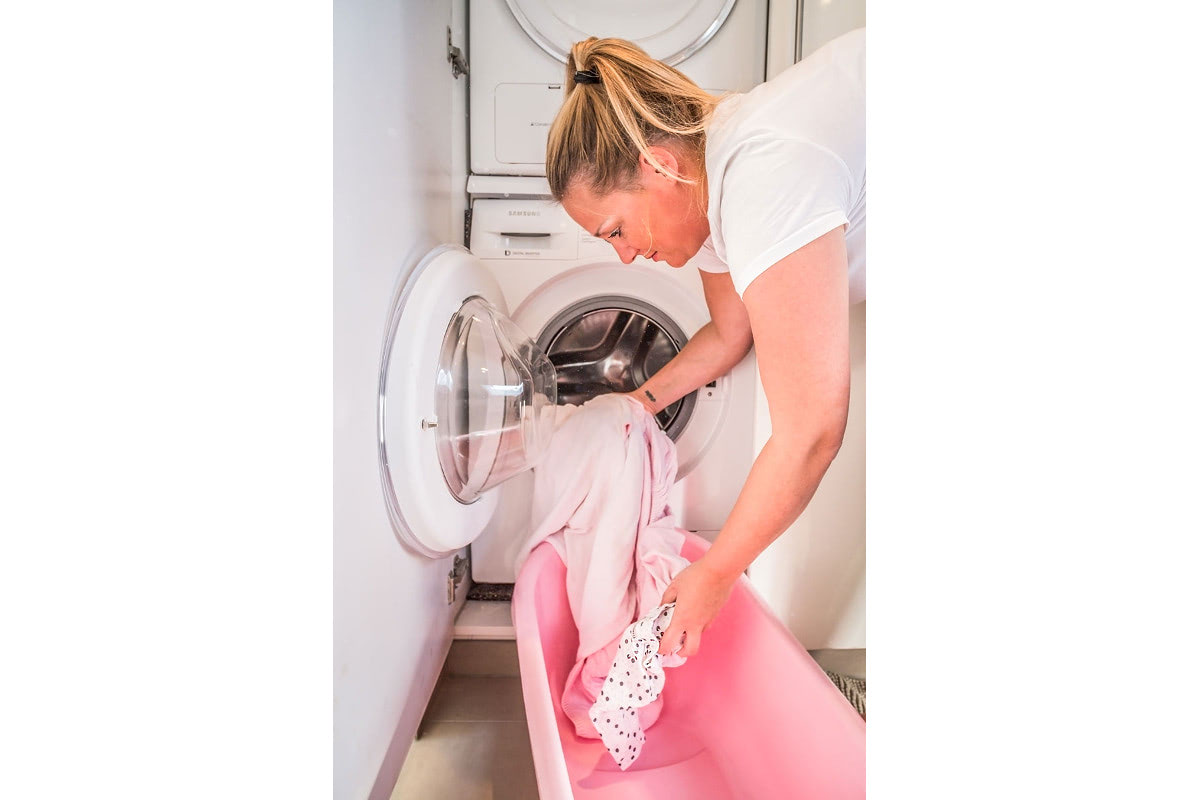
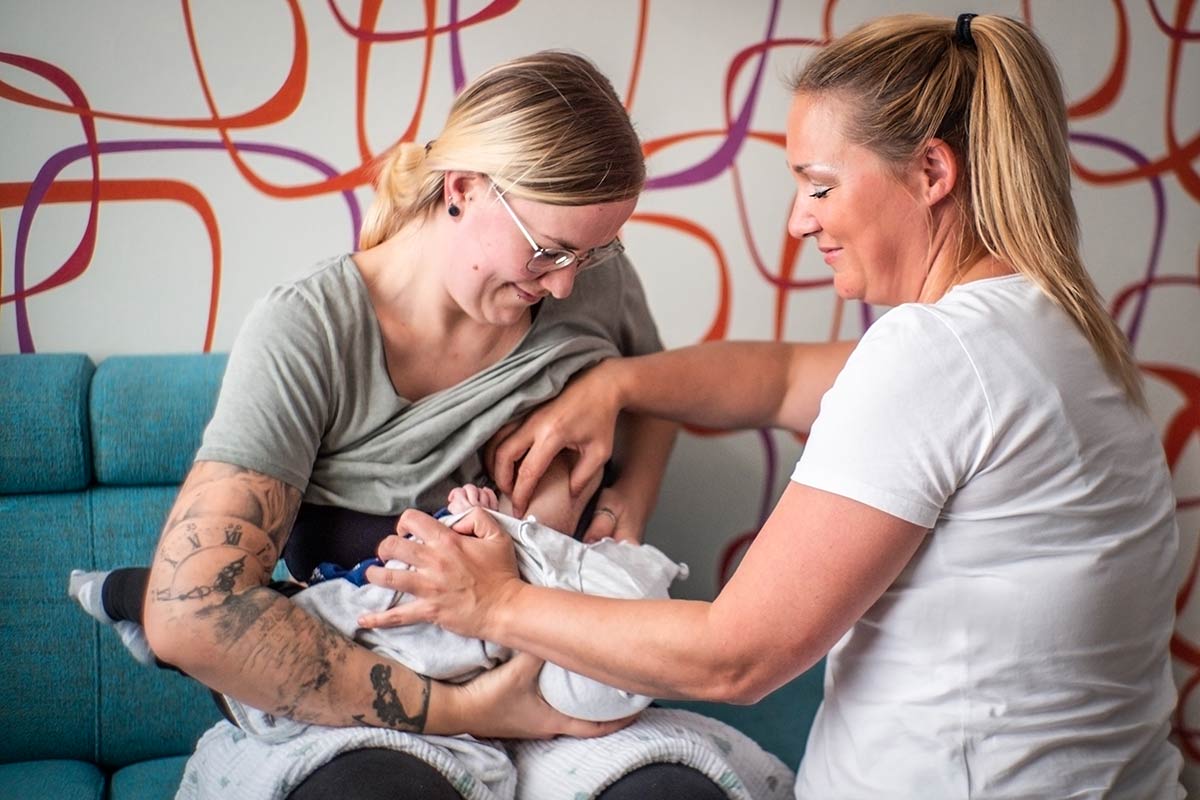
1. Families in the Netherlands are entitled through their health insurance to a kraamverzorgster (literally: maternity nurse) to help them through the days immediately after a baby is born – and, for home births, during the birth as well. Kraamverzorgster Kim Menning is packing her backpack before setting off, including a health book for the parents and portable scales.
2. In the Netherlands, new mothers who give birth in a hospital are typically sent home after just a few hours. Kraamverzorgsters help families through this challenging time, spending an average of 49 hours with them over the baby’s first eight days. Kim Menning gets a call from Céline: they have got to know each other during Céline’s pregnancy, and now the baby is coming. Kim sets off on her bike.
3. Kraamverzorgsters monitor the health of the new mother as well as the new baby, advising on issues such as comfortable sleeping positions and how to take care of themselves. Kraamverzorgster Kim Menning is gently checking that Céline’s womb is settling back into place with no abnormalities.
4. Kraamverzorgsters record the health indicators of new mums and babies in the days after birth to see if there is an issue that requires the attention of the midwife or a doctor. In this case, Kim Menning’s measurements tell her both mother and child are doing well.
5. The differences between a midwife and a kraamverzorgster include that the kraamverzorgster also helps around the house – cleaning, cooking, taking care of any older children, and other everyday tasks that can be overwhelming for parents as they adjust to the presence of a newborn.
6. In other circumstances this kind of intimate contact might feel awkward, but expert help with establishing breastfeeding is one of the main benefits a new mother like Cèline might get from a kraamverzorgster like Kim Menning. If the baby struggles to latch onto the breast, the results can be frustrating and uncomfortable for mother and baby alike.
It was a unique experience to find out how much care can be useful to a baby and mother, and I was very glad to see that at least in The Netherlands there is a group of women who get trained to offer such care. It was inspiring and empowering how much love the kraamverzorgster puts into her job, and how much trust the mother has in her. I remember one moment when Kim was telling me stories about her job and the tears came out of her eyes and my eyes too. Kraamverzorgsters need to think a lot about logistics, having to work out what the mother, the baby, and the rest of the family need doing around the house. I learned a lot from Kim about caring for newborn babies. It is a sweet profession, that of the kraamverzorgster.
– Anahí Clemens, photographer
Cristy Marilú Quispe Abanto, Community Health Promoter, Peru
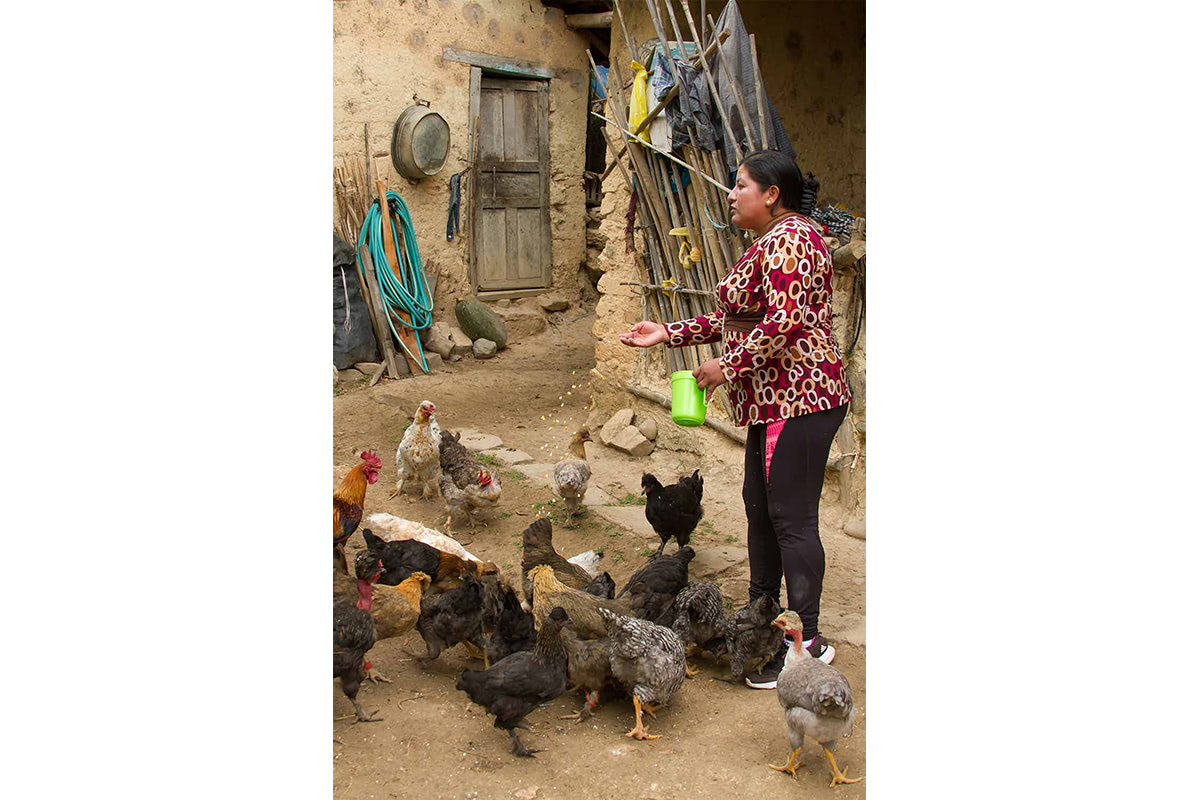
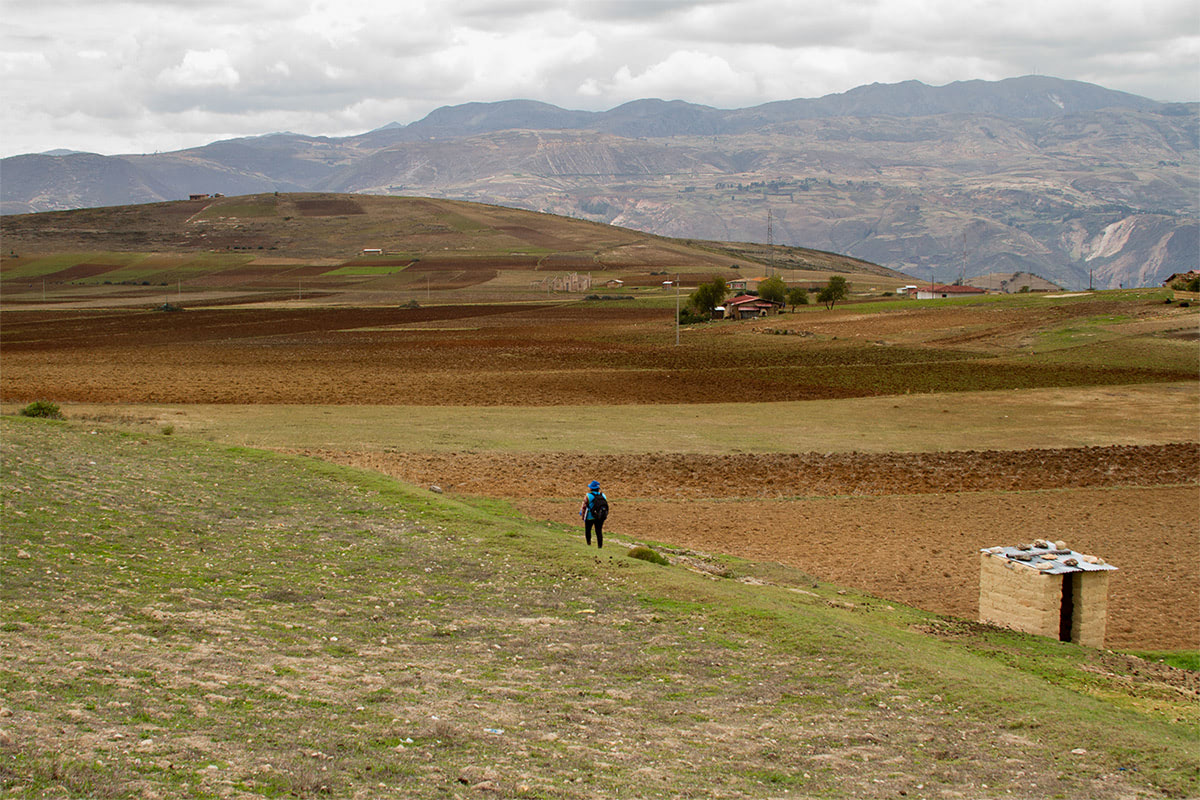
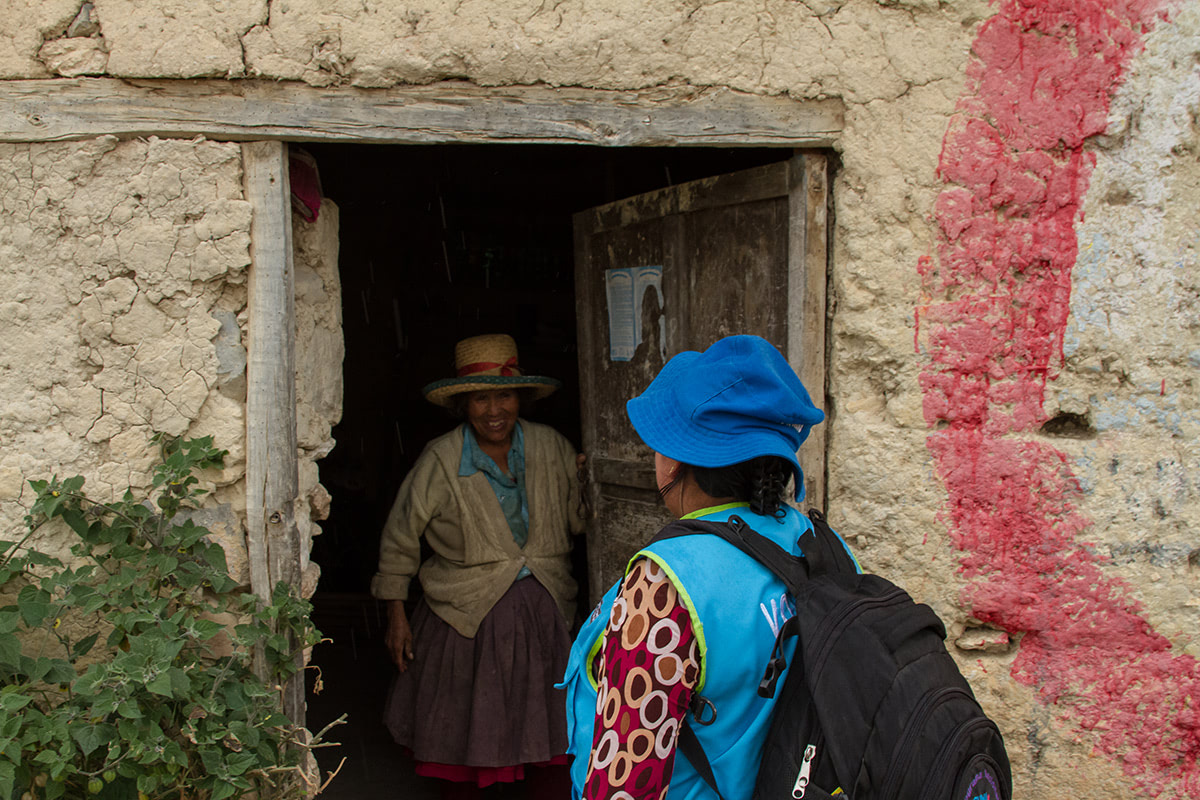
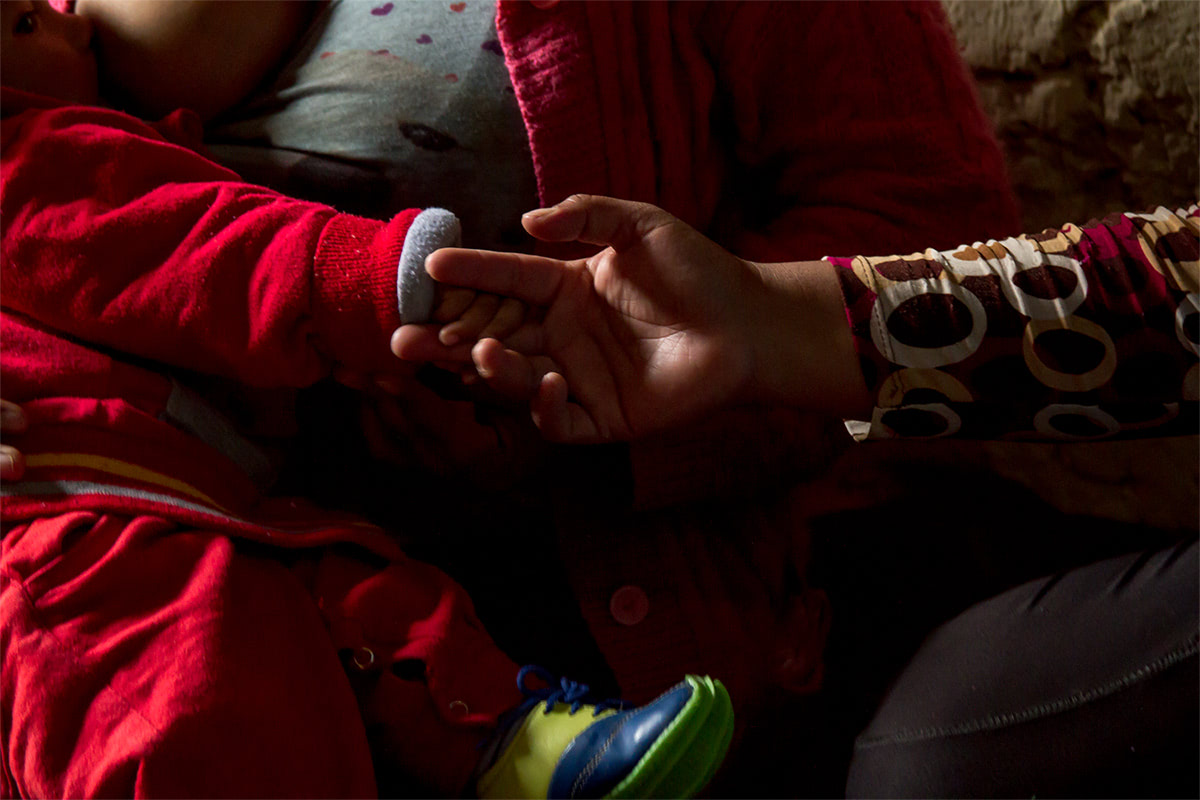
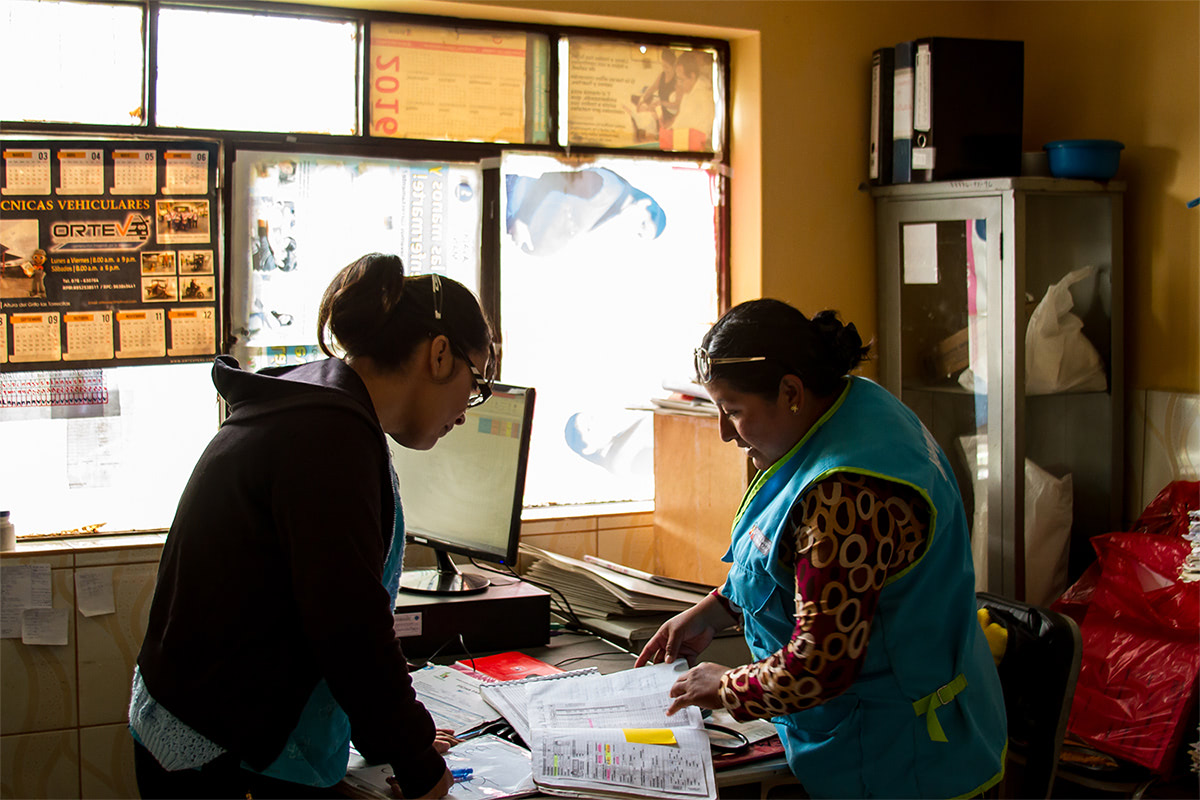
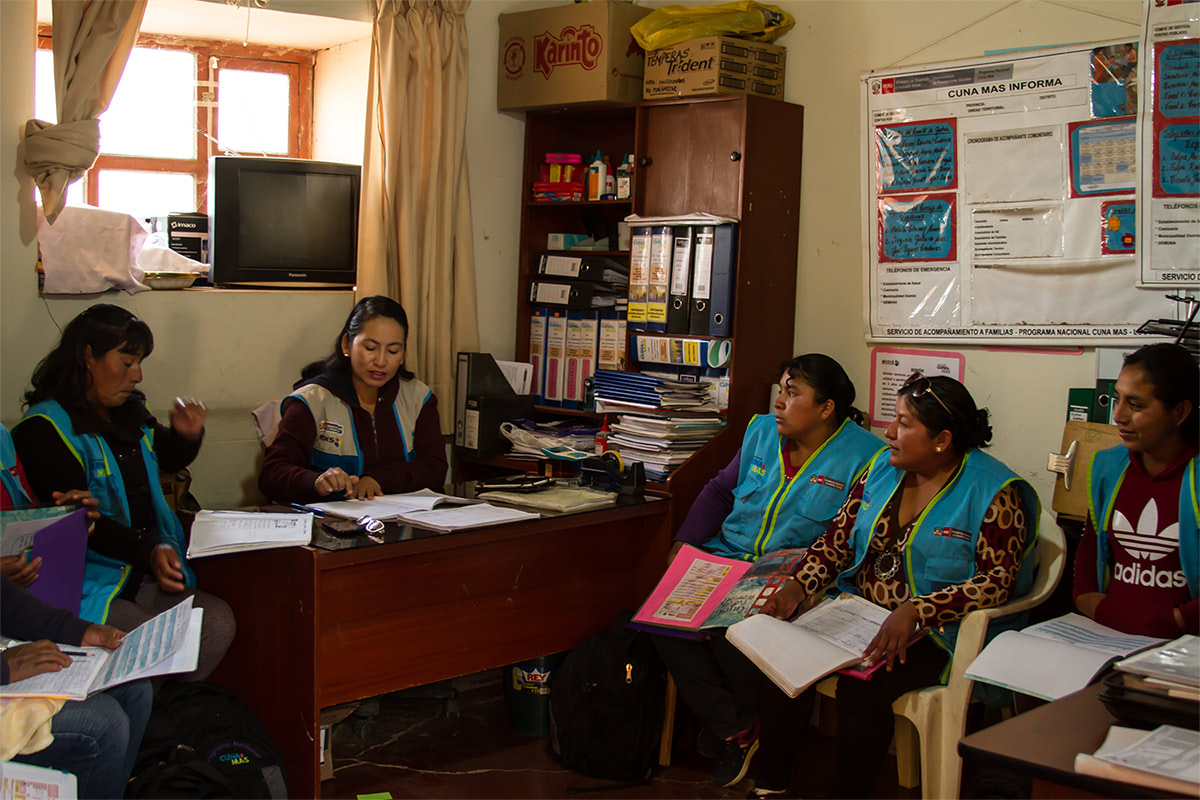
1. Cristy Marilú Quispe Abanto lives with her parents in Cajamarca, in the highlands of northern Peru. She works as a community health promoter and facilitator for the Cuna Más home visiting programme. After feeding the family’s chickens, she will check her schedule for the day and prepare the material she needs to carry – papers, toys, and so on.
2. In the highlands around Cajamarca, walking is the main way of getting around. In a typical working day Cristy Marilú Quispe Abanto visits two or three families with young children, walking for an average of half an hour from house to house.
3. Home visitor Cristy Marilú Quispe Abanto knocks on the door of Mrs. Luz Betzabé’s house, to see how she and her young child, Eric Jair, are getting on. Cristy says: “I like to serve my community because I like to give, support, teach, orient. That makes me happy. I do not get much money but I am really grateful anyway.”
4. Home visits include advice on how to stimulate a child’s cognitive and emotional development. Cuna Más home visitors will sing with the children, tell them stories, play with them, and encourage parents to do the same. Home visitor Cristy Marilú Quispe Abanto says: “Sometimes they are shy but little by little we gain confidence.”
5. Cuna Más home visitors offer basic advice on health and hygiene and connect parents with medical services when necessary. Home visitor Cristy Marilú Quispe Abanto is at the local medical facility, checking on the records of a child with anaemia and making sure that the families she visits are up to date with their vaccinations.
6. Cristy Marilú Quispe Abanto attends a coordination meeting with the district team. The home visitors meet twice a month to share information about the families they are visiting, and receive training and guidance from supervisors. Once a month, a supervisor accompanies each home visitor to check she is communicating well with her families.
Getting to know Cristy’s work in the field as a facilitator of the Cuna Más programme has been moving and inspiring. I am amazed at the dedication home visitors just like Cristy put into their daily tasks, and the level of their involvement in the community they serve. I was able to see the sincere gratitude of the beneficiary families and the bond that is formed with the children. What they do is more than just a job, it is a service to the community and to early childhood. Looking back on the days spent together, there is still room for improvement. The work Cristy does could be better compensated in relation to the number of responsibilities she juggles. Another aspect I noticed is that more men could be better integrated in the programme, so that all members of the community strongly support the child, and the social development of the country.
– Vanessa Touzard, photographer
ASHA Workers, India






1. ASHAs have to wash their hands thoroughly and air-dry them before they touch a baby. When her hands are dry, ASHA Chintesh will record the weight, temperature and heart rate of the baby she has come to visit, and give the baby’s mother any advice she needs about issues such as breastfeeding, health and hygiene.
2. ASHAs (Accredited Social Health Activists) are employed by the Indian government to connect village communities with public health services. Rural areas have one ASHA per 1000 people, and their daily routine involves a lot of walking. In the village Garhi Harsaru in Haryana, northern India, ASHA Sangita Rajkumari crosses the railway tracks on her way to check up on a mother with a newborn baby.
3. ASHA Lalita’s bag includes a thermometer, scales for weighing babies, paracetamol, the antibiotic co-trimoxazole, oral rehydration salts, cotton, soap, a stopwatch for checking heart rate, folic acid and calcium supplements, malaria pills, condoms and emergency contraceptives.
4. ASHAs like Lalita, Chintesh and Seema Rani keep track of births, deaths and other health records in their villages. They receive performance-based incentives for increasing participation in public health programmes such as immunization. ASHAs work closely with local institutions such as women’s self-help groups and village health and sanitation committees.
5. Temperatures in Delhi can drop very low in winter months. ASHA Indu shows a mother how to wrap a baby in a warm blanket. She will typically visit a family around seven times in the six weeks after the birth of a baby.
6. ASHA Rekha Devi talks to a mother-to-be about how she is getting on with her pregnancy, offering advice on healthy eating habits and birth preparations such as making sure she has a hospital bag packed and ready.
Spending time with ASHA community health workers in Delhi and Haryana was one of the most fulfilling assignments I have had the opportunity to work on to date. It is incredibly important to tell stories of people whose work happens on the ground level, away from the halls of power. I think this type of workforce is essential and forms the building blocks of a country. The ASHAs were excited to take me around and introduce me to the pregnant women and new mothers that they have been successfully helping. Their joy and satisfaction in helping to lower infant mortality rates was absolutely contagious. I couldn’t be happier to have witnessed people doing such great work. I’d like to thank the Bernard van Leer Foundation for giving me the opportunity to photograph such incredible people.
– Trupal Pandya, photographer
